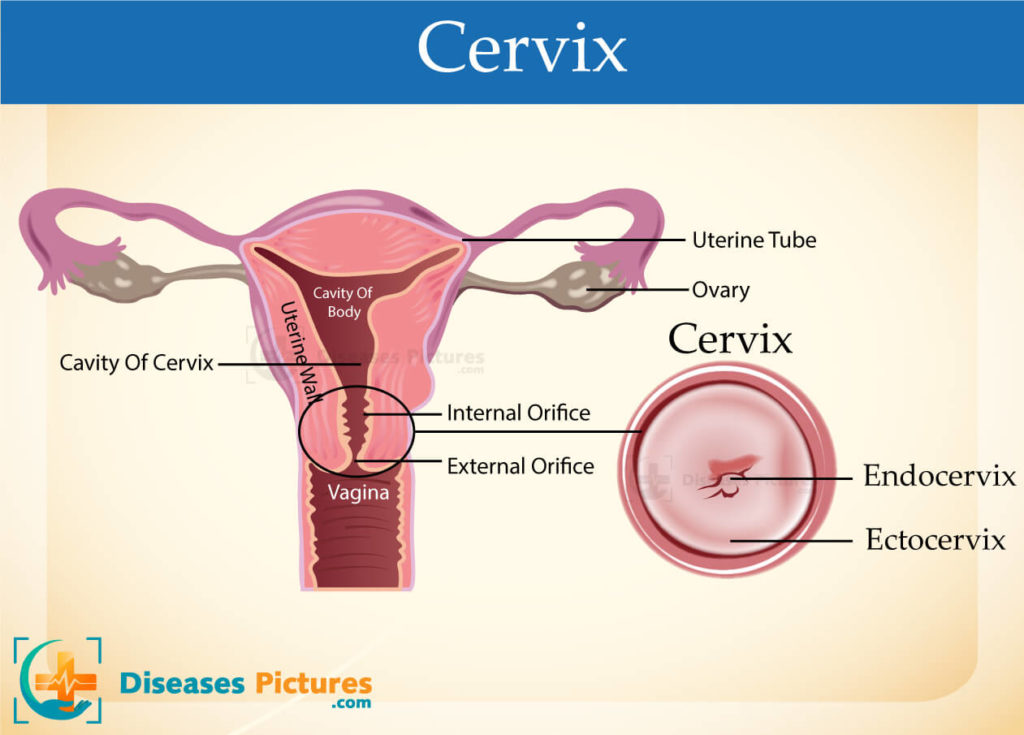What Is Cervical Mucus?
Mucus is a slimy sticky substance secreted by glands. Cervical mucus is secreted by glands in and around the cervix, which is a narrow passage in the lower part of your uterus. It is also called as cervical fluids. Cervical mucus is the only signs of fertility before ovulation. Cervical mucus is a vaginal fluid produced throughout your monthly reproductive cycle. Its main function is to prevent the passage of bacteria and act as a protective barrier to the uterus.
It forms a thick plug of mucus in the cervical opening during pregnancy and helps the sperm to travel through the cervical canal to the uterus for fertilization with the egg. It becomes egg-white thin mucus during this phase. This change in consistency of the cervical mucus is brought about by the hormones progesterone and estrogen. Cervical mucus differs in amount and quality throughout menstrual cycle, so different phases of cervical mucus can be helpful in identifying ovulation days and fertile days.
Types
Cervical mucus can be classified into two according to the hormones which stimulate its secretion. They are
- Gestogenic mucus
- Estrogenic mucus
Gestogenic mucus prevents the passage of sperm into the cervical canal while estrogenic mucus helps the passage of sperm into the cervical canal and uterus. Hence your fertility and conception is influenced upon by the presence of gestogenic or estrogenic mucus during the different phases of your menstrual cycle.
The two main female reproductive hormones that affect the cervical mucus secretion are progesterone and estrogen. Progesterone stimulates the secretion of gestogenic mucus and estrogen stimulates the secretion of estrogenic mucus.
-
Gestogenic Mucus (G mucus)
Let us know more about the G mucus and how it can help you. As discussed above, the G mucus is produced by the influence of hormone progesterone. It is present at the cervical os (opening) as a mucus plug and is very thick in consistency. This thick consistency mucus acts as a protective barrier or plug and prevents the entry of bacteria or other foreign bodies into the cervical canal. Thus G mucus is present during pregnancy until delivery and protects the uterus from harmful foreign bodies. It is also present in non-pregnant women during the less fertile phase of the menstrual cycle. The thick consistency helps it to act as a mechanical barrier and the presence of IgG antibodies and white blood cells helps to act as a chemical barrier to fight bacterial infections. G mucus is absent during menstruation and the fertile phase of the monthly cycle thus facilitating exit of menstrual blood and entry of sperm during these phases.
